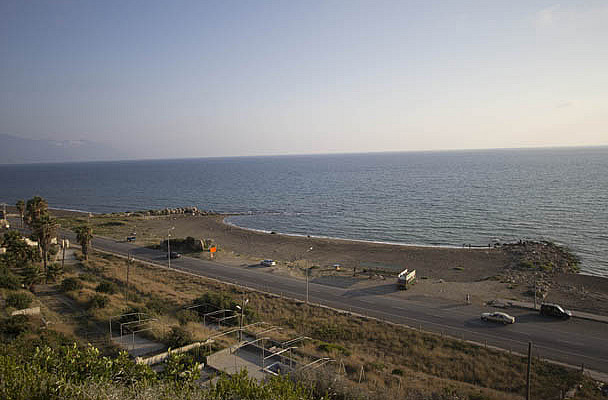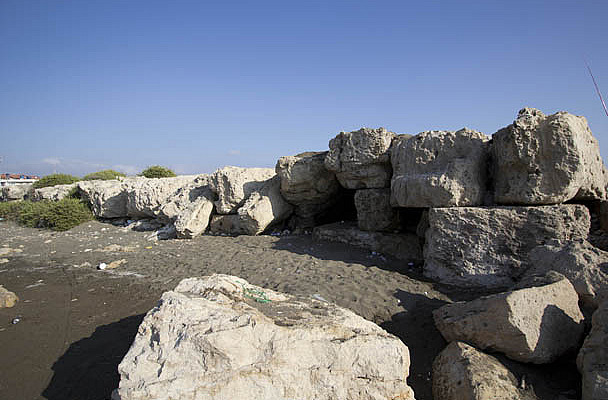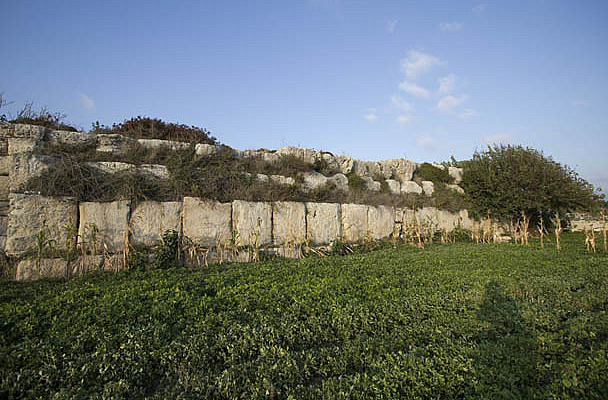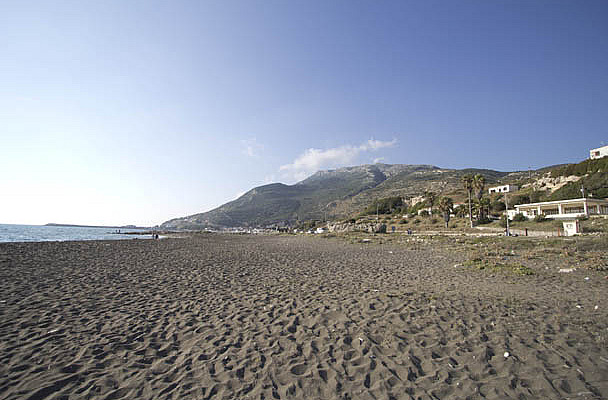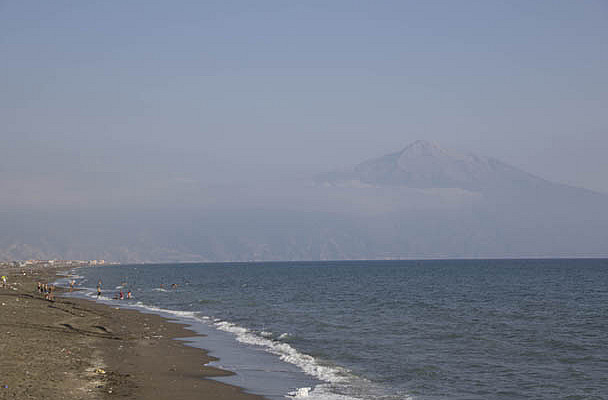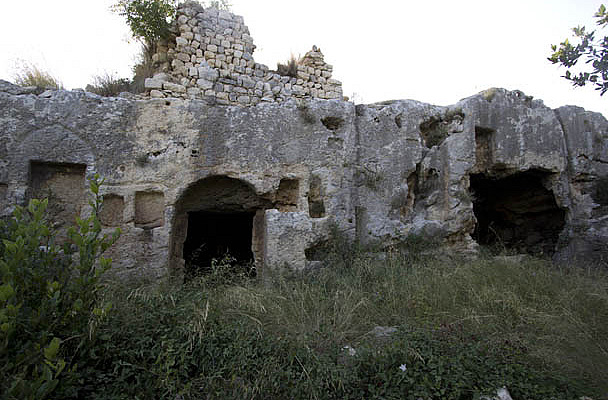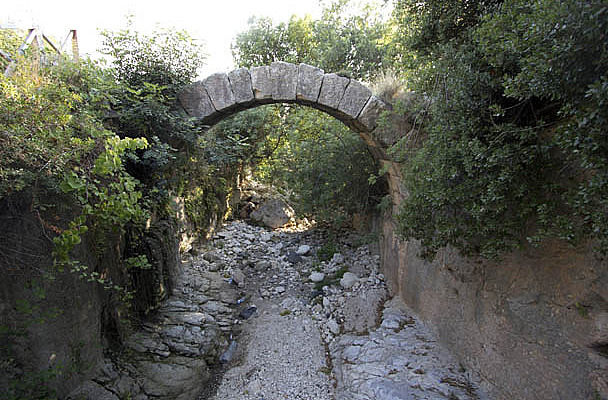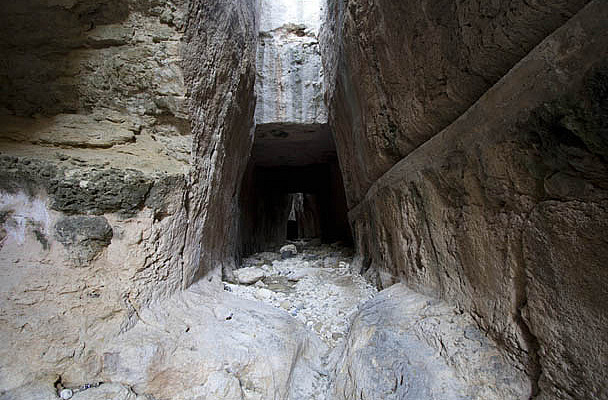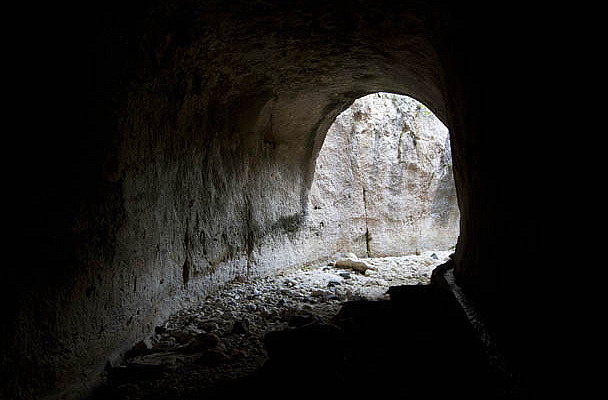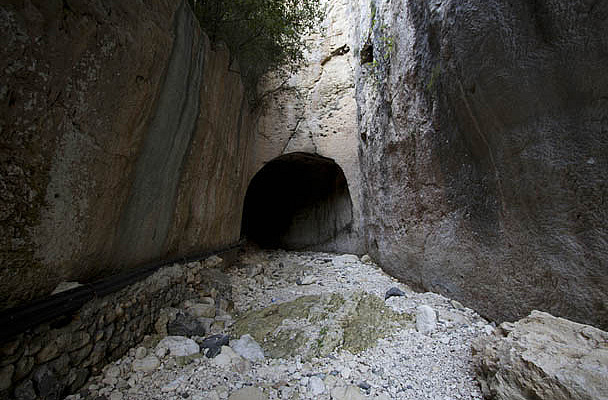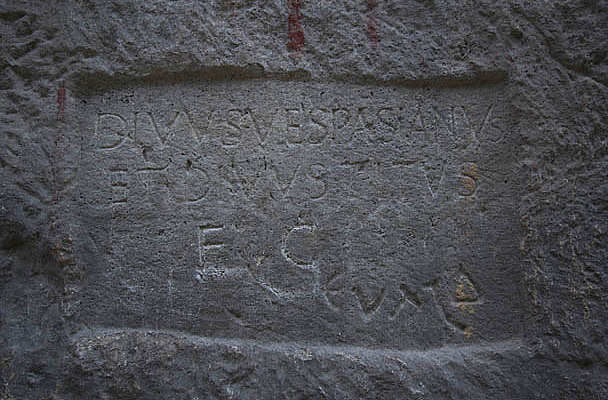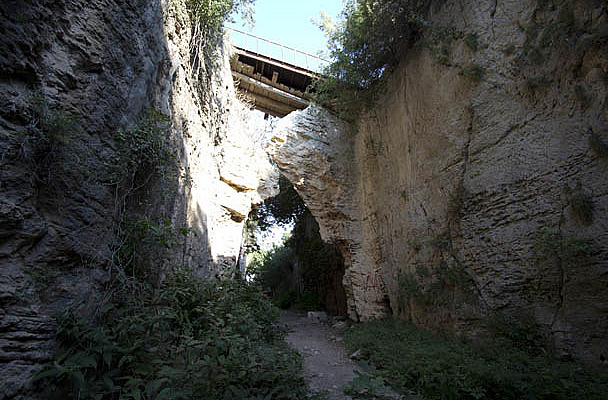Historical Background
The port city of Seleucia had its beginnings in ~300 B.C. around the same time that Antioch was founded. Both Antioch and Seleucia were founded by Seleucus I Nicator, one of Alexander the Great's successors and the first emperor of the Seleucid Empire. Seleucia was such a strategic city when it was founded that Seleucus named it the capital of his new empire. Seleucia is also referred to as Seleucia Pieria because the city rests at the base of Mt. Pieria (as the Macedonians called it; it is actually part of the western slopes of the Coryphaeus in the southern part of the Amanus Mountains). It resides on the north-eastern coast of the Mediterranean just slightly above the estuary of the Orontes River. Appian of Alexandria wrote that when Seleucus was preparing to build the city “a portent of thunder preceded the foundation, for which reason he consecrated 'thunder' as a divinity of the place.” Also, due to its strategic location, importance to the empire, and is rapid development, Seleucia was known as the head of the “Syrian tetrapolis” (four great Syrian cities); the other three cities were Antioch, Apamea, and Laodicea.
Originally part of the Seleucid Empire, Seleucia exchanged hands several times between the Seleucids and the Ptolemies. Ptolemy Euergetes captured it in 246 B.C. during the Third Syrian War (246-241 B.C.), but then Antiochus III The Great recaptured Seleucia in 219 B.C. during the Fourth Syrian War (219-217 B.C.). All during this time Seleucia remained a vital port city that the contending empires desired to control because of its ability to fortify and supply the surrounding region.
When the Armenians defeated the Seleucids at the hand of Tigranes II The Great, Tigranes attempted to invade Seleucia in 72 B.C. but Seleucia resisted the attacks. Then, the Roman general Pompey The Great decided to restore the Seleucids to power by giving Antiochus I Theos of Commangene, a direct descendant of Seleucus I Nicator, rule of the city. Antiochus I Theos was a loyal ally of Rome and Seleucia enjoyed a substantial degree of independence and autonomy under Roman rule. They printed their own money and handled their own civil legislation and governing. The city is estimated to have had ~30,000 people during the Roman period.
Aside from Christian missionaries Barnabas and Paul (also called Saul), several Roman emperors made special appearances and visits to Seleucia. In addition, the renowned miracle-worker Apollonius of Tyana (c. 15 – c. 100 A.D.), who was a missionary of the Pythagorean reform (Neopytharoean), is also recorded as coming to Seleucia and then setting sail for Cyprus about concurrently as Barnabas and Paul (Life of Apoll. 3.58).
As Seleucia continued to be a main port for the region, the Christian population is noted to have grown in time as well. At least one Christian bishop from Seleucia is recorded as being in attendance among the Council of Nicea in 325 A.D.
Archaeological Significance
The city was divided into two tiers, an upper city that was built on the slopes of Mt. Pieria, and a lower city which lined the coast and contained the harbor. Little is left of both parts of the city. Two parts of the harbor breakwater still stand on the beaches and part of the lower city wall still stands near the coast (which originally extended for 7 miles around the city). Some of the ancient market gate and part of two lookout towers remain. On the slopes to the upper city, rock houses can be seen and the Roman aqueduct that supplied the city with water.
The main archaeological feature is the great tunnels of Vespasian and Titus. The tunnel was built because when it rained surges of water would come streaming down the mountain slopes from rain and caused problems for the inhabitants of the city, i.e., like washing away animals and crops and major flooding. In order to prevent this devastation all the time, Vespasian began work to divert the flood waters by digging a tunnel through down the slope to protect the city and the port from continual damage. This enormous channel initiated by Vespasian (69-79 A.D.) and then Titus (79-81 A.D.) is a marvel to behold. It is 1400 meters long and part of it passes through 400 meters of solid rock and is 20 x 20 feet tall and wide. However, the project was not entirely completed until the reign of Antoninus Pius (138-161 A.D.). At the upper opening of the tunnel is a Latin inscription in the side of the tunnel that reads: “Divus Vespasianus et Divus Titus F.C.” (“Divine Vespasianus and Divine Titus caused it to be made”). Finally, at the lower opening of the tunnel there is what appears to be an arch bridge but this is in fact an aqueduct channel spanning the gorge of the open tunnel. Some various remains of the upper city and ancient rock cut tombs can be seen as well.
BRINGING THE GOSPEL OF PEACE TO THE NATIONS OF THE WORLD...
Biblical Significance
Seleucia is only explicitly mentioned once in Scripture when Barnabas and Paul depart for Cypru on the first Christian missionary journey: “So, being sent out by the Holy Spirit, they went down to Seleucia, and from there they sailed to Cyprus” (Acts 13:4). It is absolutely most probable that anytime Paul or other believers left from Antioch by ship it would have been most certainly from the port at Seleucia. Smaller vessels could easily sail down the Orontes River and arrive near Seleucia and then set out to sea from the harbor there. Departure/arrival via the port of Seleucia can appropriately be inferred from other passages such as Acts 14:26 and 15:39. Seleucia can be thought of as the major international airport of the area and would have provided the best point for transportation by sea to other parts of the empire.












